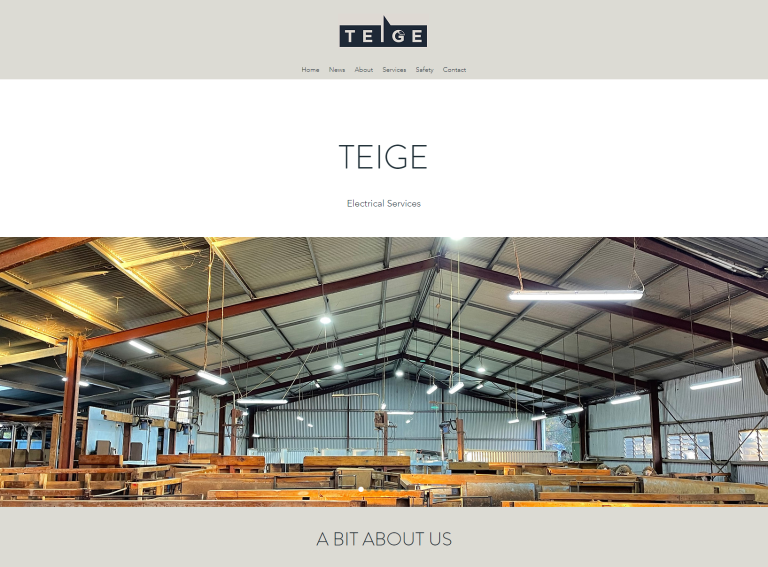The Employment White Paper has garnered applause and support from The Property Council of Australia, Master Builders Australia, and experts from RMIT University. This document addresses crucial issues such as labor shortages, the national housing crisis, and the potential of AI to generate new employment opportunities.
According to the paper, the Federal Government plans to collaborate with states and territories to eliminate hindrances to labor mobility, including increasing the supply of secure and affordable housing. The government has set a target of constructing 1.2 million homes over a five-year period, beginning on July 1, 2024.
To achieve this ambitious goal, the government will augment investments in social and affordable housing through initiatives like the Housing Australia Future Fund, Social Housing Accelerator, and National Housing Infrastructure Facility. Additionally, they will work with the National Cabinet to support these endeavors through the National Housing Accord.
Matthew Kandelaars, the Property Council Group Executive Policy and Advocacy, emphasized the need for a larger and more skilled construction workforce to meet the government’s target. This target includes constructing 80,000 new homes annually for the next decade in Victoria. Kandelaars praised the White Paper for highlighting the necessity of an expanded, better-trained workforce, investments in domestic skills and training, and targeted migration pathways to address Australia’s housing deficit.
Master Builders Australia commended the government’s commitment to VET (Vocational Education and Training) in schools as a means to introduce students to opportunities in the construction sector. They also highlighted the importance of ensuring that students complete their qualifications to address critical labor shortages and skill level gaps in the industry.
Denita Wawn, CEO of Master Builders Australia, stressed the significance of developing a well-informed and evidence-based roadmap for building a more skilled and productive workforce. She praised investments in skills and training, better integration of tertiary education, and the development of higher-level apprenticeships. Wawn emphasized the role of construction as the backbone of the Australian economy and called for a focus on understanding emerging workforce skill needs.
However, Wawn expressed concerns about the industrial relations Bill pursued by Minister Burke, which she believed undermined the paper’s roadmap and policy directions. She advocated for simplifying regulatory requirements to support small businesses in the construction sector.
The White Paper also acknowledges the role of robotics and artificial intelligence in automating routine tasks, presenting opportunities for businesses to enhance workplace safety and reduce administrative burdens. Dr. Nataliya Ilyushina, a Research Fellow at RMIT University, hailed the paper for recognizing AI and technology as creators of jobs, dispelling fears of mass job losses. She underscored the importance of technology skills and education for individuals and the entire economy, given the integration of technology into most jobs and the potential for significant productivity gains.



